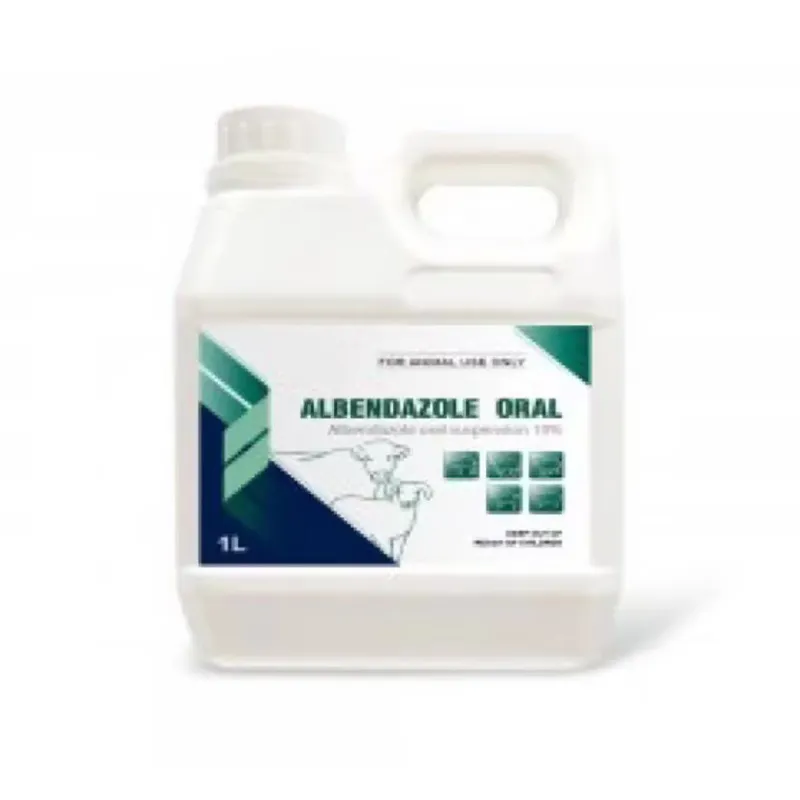- Afrikaans
- Albanian
- Amharic
- Arabic
- Armenian
- Azerbaijani
- Basque
- Belarusian
- Bengali
- Bosnian
- Bulgarian
- Catalan
- Cebuano
- Corsican
- Croatian
- Czech
- Danish
- Dutch
- English
- Esperanto
- Estonian
- Finnish
- French
- Frisian
- Galician
- Georgian
- German
- Greek
- Gujarati
- Haitian Creole
- hausa
- hawaiian
- Hebrew
- Hindi
- Miao
- Hungarian
- Icelandic
- igbo
- Indonesian
- irish
- Italian
- Japanese
- Javanese
- Kannada
- kazakh
- Khmer
- Rwandese
- Korean
- Kurdish
- Kyrgyz
- Lao
- Latin
- Latvian
- Lithuanian
- Luxembourgish
- Macedonian
- Malgashi
- Malay
- Malayalam
- Maltese
- Maori
- Marathi
- Mongolian
- Myanmar
- Nepali
- Norwegian
- Norwegian
- Occitan
- Pashto
- Persian
- Polish
- Portuguese
- Punjabi
- Romanian
- Russian
- Samoan
- Scottish Gaelic
- Serbian
- Sesotho
- Shona
- Sindhi
- Sinhala
- Slovak
- Slovenian
- Somali
- Spanish
- Sundanese
- Swahili
- Swedish
- Tagalog
- Tajik
- Tamil
- Tatar
- Telugu
- Thai
- Turkish
- Turkmen
- Ukrainian
- Urdu
- Uighur
- Uzbek
- Vietnamese
- Welsh
- Bantu
- Yiddish
- Yoruba
- Zulu
10 月 . 21, 2024 19:42 Back to list
Exploring the Uses and Benefits of Tilmicosin in Veterinary Medicine
Understanding Tilmicosin Products An Overview
Tilmicosin is a macrolide antibiotic that has garnered attention in the veterinary medicine sector. Traditionally used in livestock, particularly in the treatment of respiratory diseases in cattle, pigs, and poultry, tilmicosin plays a vital role in ensuring the health and productivity of farm animals. This article explores tilmicosin products, their applications, benefits, and considerations surrounding their use.
Tilmicosin is primarily used to combat infections caused by specific pathogens, including Mycoplasma and certain bacteria responsible for respiratory ailments. The drug works by inhibiting bacterial protein synthesis, effectively stopping the growth and reproduction of harmful microbes. This action makes it a valuable tool in managing diseases such as enzootic pneumonia in pigs and various respiratory infections in cattle.
Available in several formulations, tilmicosin can be administered through various routes—intravenous, intramuscular, or orally. The most common delivery method in agricultural settings is through medicated feed or water, allowing for efficient mass treatment of herds. This preventive approach is crucial, especially in environments where animals are kept in close quarters and are more susceptible to disease transmission.
One of the significant benefits of tilmicosin products is their ability to reduce morbidity and mortality rates in livestock. By lowering the incidence of respiratory diseases, farmers can enhance animal welfare and ultimately improve farm profitability. Healthier animals lead to better growth rates, increased milk production, and higher quality meat, all of which contribute positively to the economic sustainability of livestock operations.
tilmicosin products

However, the use of tilmicosin is not without its challenges. One major concern is the potential for antimicrobial resistance. Overuse or misuse of antibiotics in agriculture can lead to the emergence of resistant bacterial strains, posing a risk not only to animal health but also to human health when resistant strains transfer through the food chain or environmental exposure. As such, it is crucial for farmers to implement responsible use practices, such as adhering to recommended dosages and treatment durations.
Additionally, tilmicosin is known to be toxic to certain species, particularly horses and other equines. Accidental exposure can lead to serious health issues or even death in these animals. Therefore, it is imperative that farmers handling tilmicosin products are well-informed about the risks and take necessary precautions to avoid cross-contamination.
Regulatory agencies closely monitor the use of tilmicosin products, enforcing guidelines to minimize risks associated with antibiotic use in livestock. Farmers are often required to maintain records of medication usage, including dosages, treatment periods, and animal identification. This transparency not only supports health monitoring but also aids in ensuring compliance with food safety regulations.
The future of tilmicosin products in veterinary medicine may involve advancements in drug formulations and delivery methods. Research is ongoing to discover new combinations that might enhance efficacy while reducing the risk of resistance. Furthermore, the development of alternatives to traditional antibiotics, such as vaccines and immune-boosting supplements, is another area of interest aimed at decreasing reliance on synthetic antibiotics.
In conclusion, tilmicosin products remain a critical component of livestock health management. Their effectiveness in treating respiratory diseases significantly contributes to animal welfare and farm productivity. However, responsible use and adherence to regulatory guidelines are essential to mitigating risks associated with antibiotic resistance and ensuring the sustainability of livestock farming practices. As the agricultural landscape evolves, a balanced approach to antibiotic use and animal health will be vital for the industry's future. As farmers, veterinarians, and researchers work together, the focus will likely shift towards innovative solutions that prioritize both animal health and public safety.
-
The Power of Radix Isatidis Extract for Your Health and Wellness
NewsOct.29,2024
-
Neomycin Sulfate Soluble Powder: A Versatile Solution for Pet Health
NewsOct.29,2024
-
Lincomycin Hydrochloride Soluble Powder – The Essential Solution
NewsOct.29,2024
-
Garamycin Gentamicin Sulfate for Effective Infection Control
NewsOct.29,2024
-
Doxycycline Hyclate Soluble Powder: Your Antibiotic Needs
NewsOct.29,2024
-
Tilmicosin Premix: The Ultimate Solution for Poultry Health
NewsOct.29,2024













